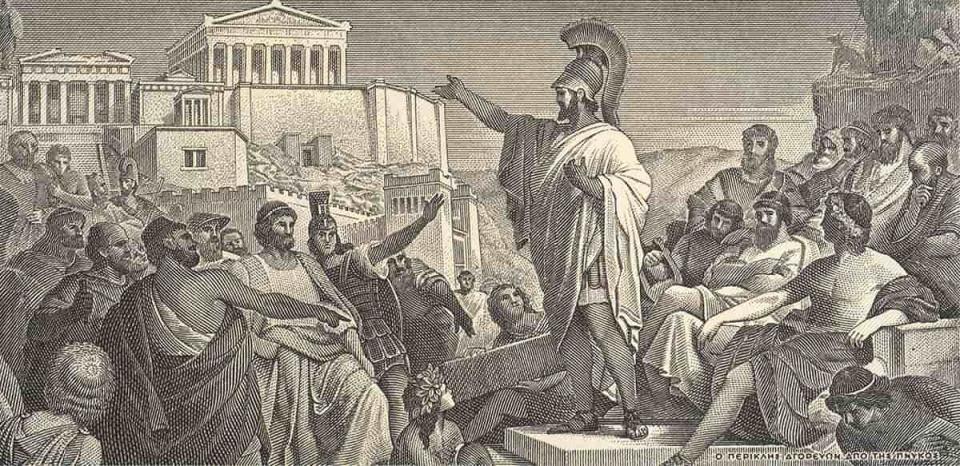Vending machines are a major part of our everyday lives. If you’ve been to the gym, a hospital or workplace, you are likely to buy your favourite snack or drink from a vending machine. Not many people know that the history of vending machines is one that goes back more than 2,000 years.
Since its invention in ancient times, vending machines have evolved from dispensing holy water to selling all sorts of items like crisps, sandwiches and chocolate bars. The modern-day vending machine is more technologically advanced and can allow you to pay not just with cash, but through contactless and even biometric payment methods.
Connect Vending has put together a blog on the history of vending machines. From technological advancements to when the vending machine was first invented and the future of vending, we’ll cover the interesting history of vending machines.
When was the first vending machine invented?
Not many people know that the first vending machine was invented in Egypt. The person who created it was an Ancient Greek mathematician and engineer by the name of Hero of Alexandria. Unlike modern vending machines where you can use credit cards and contactless payments to buy fresh food, coins were used in this primitive vending machine to dispense holy water to worshippers.
In terms of how Alexandria’s vending machine worked, you would insert a coin into the machine. The coin would land onto a pan that’s connected to a lever, which would be heavy enough to pull the lever and dispense a small amount of holy water. Once the coin slid off the pan, the water would stop flowing.
The introduction of drinks vending machines
When it comes to drinks vending machines, they were first introduced at the end of the 19th century. Moving into the early 20th century, there were vending machines that were able to dispense soft drinks into cups.
It was not until the 1930’s that bottled soft drinks could be sold through drinks vending machines. Coca-Cola was one of the first drinks brands to sell bottled drinks through vending machines, with Pepsi soon following suit. Later on, the technology for drinks vending machines developed to allow people to sell canned soft drinks.
At Connect Vending, we can help supply your business with the right drinks vending machine solution for your workforce. Our cold drinks vending machine solutions not only come with the latest technology, but can be stocked with healthy juices and classic soft drinks to quench your thirst.
Vending machines going beyond selling snacks and drinks
Snacks and drinks are not the only items that are sold in vending machines. From the mid-2000s, vending manufacturers installed credit card readers, making it easier for people to pay for items without requiring the exact amount of cash. It opened up the door for more expensive products to be sold through a vending machine.
Books, life insurance and electrical items such as computers are a few products that are offered through specialist vending machines. You can also buy cars through vending as Autobahn Motors in Singapore opened up a luxury car vending machine in late 2016, offering Lamborghinis and Ferraris.
How technology has changed vending machines
Technology has played a major role in delivering game changing innovations in the industry. The modern vending machine is far more sophisticated and advanced than it was when first invented by Hero of Alexandria in Ancient Egypt. There are now different types of vending to suit both the needs of the public and private spaces.
It’s an industry that continues to evolve from a technological standpoint. The vending buying experience has become more convenient, due to mobile and contactless payment options such as Apple Pay and Android Pay. You can now pay for a drink or snack via a vending machine through your smartphone.
The vending industry is not immune to the impact of climate change. It’s led to the development of energy saving technology in machines. Vend misers are not only used to regulate how much energy a machine uses, but also turn off its lights and cooling compressors when not used for a long period of time.
Vending machines of the future
Looking ahead to the future, vending machines will continue to get smarter. The vending machine of the future will be able to recognise identifiers like age and sex and suggest items to buy.
Alongside recognising a person’s sex and age, vending machines of the future will eliminate cash and use biometrics to pay for items. This means that your can of Coca-Cola or chocolate bar you’ve bought from the machine will be paid for using facial recognition or fingerprint technology.
Conclusion
The vending machine has come a long way over the past 2,000 years. Who would have thought that this invention would play an integral part in our lives? Vending machines will continue to play an essential role in fuelling workforces and the general public for many years to come.
If you’re looking to buy or upgrade a vending machine, Connect Vending can help you find the right vending solution for your workplace. You can contact our team today, who will answer any questions or queries you may have about the vending machines and solutions that we offer.

